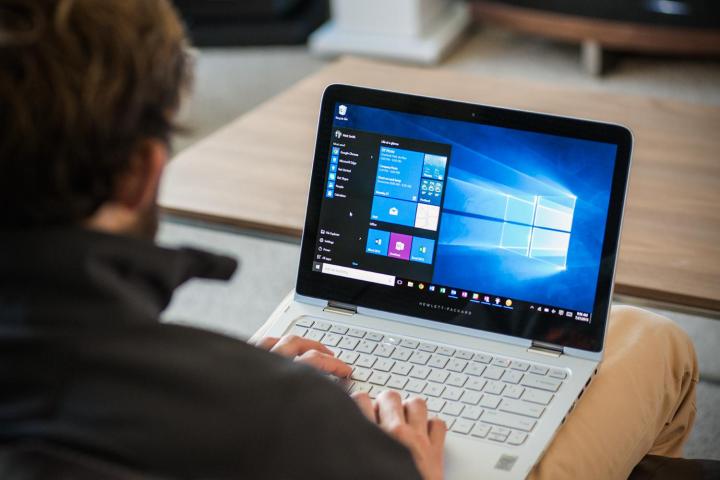
As far as features go, the aptly named Translator 10 Beta can translate text typed in by a user, words shown through a camera, and language spoken through a microphone. It features text-to-speech, so users can hear the language spoken as well as see it translated visually on their display.
For text translation, the app supports 50 languages. For camera, users will be able to translate 19 languages, and voice translation supports 10. Presumably, more languages will be added as time goes on.
Since users traveling abroad may not have consistent access to the Internet, Microsoft’s new app features access to offline translation. Users need to download a translation pack before they venture off to foreign lands in order to take advantage of this feature. Since it’s available on both mobile devices and PCs, this is a feature that definitely makes a lot of sense.
Other features of the app include the ability to save translations in history, so users can always go back and get access to the phrases and words they’ve translated before. There’s also a neat Word of the Day feature that shows users new words or phrases if the app is pinned to Start.
The app was just released, and it seems like it is being well received by users, with a five-star rating based on 27 reviews, as of this writing. Of course, the beta tag means that the app isn’t in its finished state, and we expect to see frequent updates that will add more features, and hopefully more languages to the camera and voice translation options as time goes by.
Editors' Recommendations
- Windows 11 vs. Windows 10: finally time to upgrade?
- The best Windows apps for 2023
- ChatGPT can now generate working Windows 11 keys for free
- Update Windows now — Microsoft just fixed several dangerous exploits
- Windows 11’s new update cadence finally makes sense


